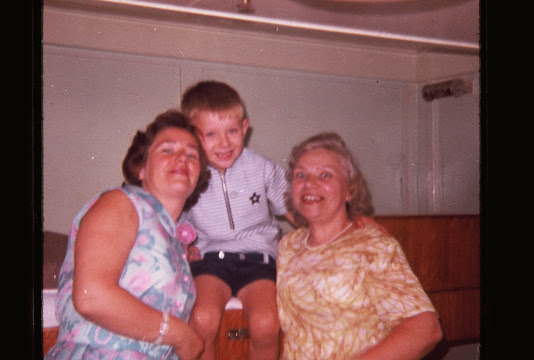Parable of the Wise and Foolish Virgins M.Streich
The parable of the ten
virgins, found in the Gospel of Matthew 25, 1-13, relates the story of a
wedding night to the “kingdom of heaven.” Told by Jesus, the parable uses
imagery recognizable in both Greek and Roman weddings. The action takes place
at night and highlights the plight of ten virgins, five foolish and five wise. The
parable lends itself to a number of so-called spiritual or meditative
applications by contemporary Christians, but at the time of Christ, the details
would have been more profound.
Preparation for the Coming of
the Bridegroom
Ancient Mediterranean
weddings, notably in
Roman wedding days also ended
with the groom escorting the bride to his house in the evening, followed by
festivities that could last for days. The reader is reminded of the wedding
feast of
Ancient Lamps Fueled by Oil
In the Matthew parable, ten
virgins “took their lamps and went out to meet the bridegroom.” Each of the
virgins had lamps. These small, hand-held lamps could hold enough oil for only
one night. Five of the virgins took flasks of oil with them; they are described
as “prudent.” The other five, however, brought no additional oil.
The Bridegroom is Delayed in
the Parable of the Ten Virgins
The actual passage in Matthew
25 states that the bridegroom “was delaying.” It was his choice to arrive late.
His delay was not caused by any unexpected actions. Was he testing the fidelity
of his brides? The ten virgins, however, “began to sleep,” waiting for the
bridegroom.
At “midnight” the word was
given that the bridegroom was arriving. But the five “foolish” virgins had no
oil and their lamps had extinguished. They asked the five prudent virgins to
share their oil, but were told to “go instead to the dealers and buy for yourselves.”
The sharing of precious oil was out of the question.
Unconditional Love and the
Blindness of the Foolish Virgins
Christians are often at a
loss for words by this advice. The five prudent virgins refused to share. They
must have known that the five foolish virgins would never make it to the
bridegroom’s house. The five prudent virgins persevered and planned ahead, but
there was no contingency plan to assist fellow virgins in need of oil.
The parable seems to address
the issue of unconditional love as well. Surely the bridegroom could have
provided for the foolish virgins if they were betrothed to him, but he did not.
He was betrothed to ten virgins, but only five were waiting for him.
The Wedding Feast Excludes
the Foolish Virgins
When the bridegroom arrived,
he took the five prudent virgins with him to his house. In the ancient world,
this procession would have included invited wedding guests, following the
wedding carriage aglow with torches of light. Once at the bridegroom’s house,
the bride would be ceremonially taken into the dwelling and the guests would
enter for a celebration.
Once the foolish virgins
replenished their oil, they made their way to the bridegroom’s house, but the
doors were closed. When they asked to be admitted, the bridegroom sent his
answer: “I do not know you.” They missed their opportunity. The parable does
not suggest what happened to them.
Message of the Parable of the
Ten Virgins
Verse 13 of Matthew 25
summarizes the intent of Jesus’ story: “Be on the alert then, for you do not
know the day not the hour.” This can be applied in many ways. Some Christians
apply it to the Second Coming of Christ. Others relate it to the everyday
spiritual faith journey.
Some readers question the use
of ten virgins for one bridegroom. Does this suggest plural marriage? Others
note the actions of the five prudent virgins that refused to share their oil,
knowing that sending out the foolish virgins to buy oil would decrease their
chances of seeing and being escorted by the bridegroom.
But Jesus began the parable
by comparing it to the
The final verse also
indicates the mental and spiritual state of those seeking the Kingdom of
heaven: since the time of the bridegroom is not known, it is important to be
“on alert.”
Source:
New American Standard Bible (Chicago: Moody Press, 1973)




